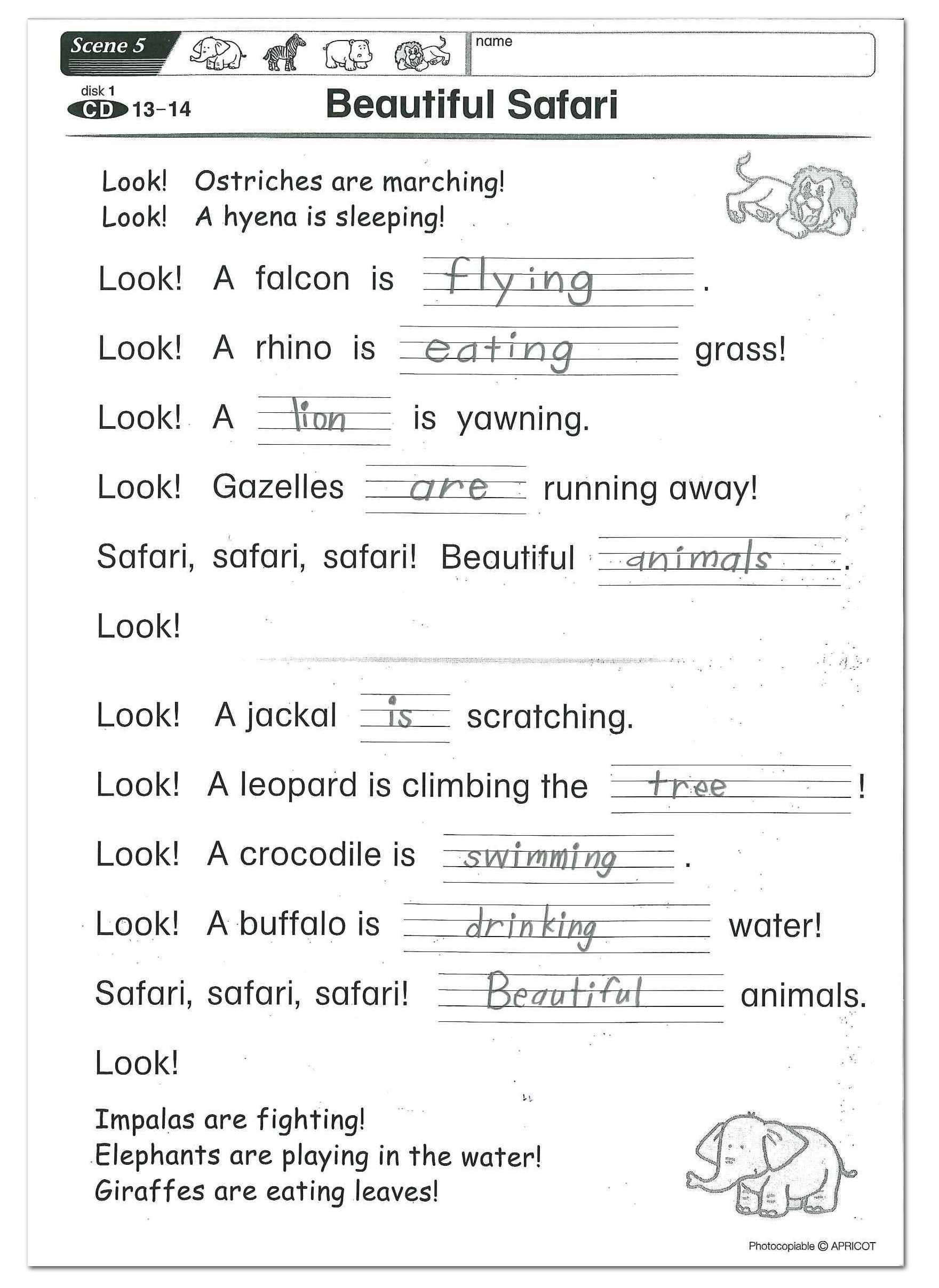- It is essential that the pictures be fun, so that students want to spend time looking at them.
(You don’t want your picture dictionary to just “decorate” your shelves. - You should not buy a picture dictionary with fewer words for younger learners. You should buy a picture dictionary with at least 1,200 words, so that students can easily find the words they want.
(They should be able to use the same picture dictionary all the way up through upper elementary school.)
(From Matthew-sensei’s presentation at Nellie’s Seminar on 10/16/2013)


- vol.9 Halloween Activity
- Vol.8 Springboard Series & CD
- Vol. 7 Springboard Series Teaching Guides for ALL 16 Levels!
- Vol. 6 A Picture Dictionary with Appeal to ALL AGES!!
- Vol. 5 Springboard Series and Audio CDs
- Vol. 4 Big Book: Our Sweet Home
- Vol. 3 WELCOME to LW BLUE: Find the Ducks!
- Vol. 2 WELCOME to LW YELLOW: Find the Penguins!
- Vol. 1 Picture Book Workbooks: How to Use Them
Vol. 6 A Picture Dictionary with Appeal to ALL AGES!!
“Do I really need a picture dictionary?”
“I’d like to use a picture dictionary, but I’m not sure how…”
Well, let us give you some ideas for how you can use AJ’s Picture Dictionary with your class!
Key Points When Choosing a Picture Dictionary
AJ’s PICTURE DICTIONARY has conversations, so you can use as a textbook!
The conversations can be found at the bottom of every page of AJ’s.
At ‘A Barbecue Party’, the key conversations are “Do you like~?” and “Would you like~?”. Students can use the words for different foods from the picture to complete and answer the questions.
 AJ’s PICTURE DICTIONARY pp.14-15
AJ’s PICTURE DICTIONARY pp.14-15
AJ’s Vocabulary CD goes with AJ’s Picture Dictionary. It has all of the 1300 words from the 25 scenes and the conversations between the main characters, found at the bottom of the page.
Audio tracks for “A Barbecue Party”:
>>♪ Basic Vocabulary (black)
>>♪ Supplementary Vocabulary (blue)
>>♪ Conversation Between Main Characters
Look very carefully at the pictures… there are lots of funny things going on!

Look at the sushi…
No fish!?!
Uh, oh. The gray cat
is reaching for it…
What’s the gray cat eating?
(The tuna slice from the sushi on the table.)
Can you find all the
fruits in the picture?
Point to the fruit.
(on the table,
in the cake,
on some women’s earrings)
Main vocabulary is in black; secondary vocabulary is in blue! Easy to see and understand!
In “Wild Animals on Safari” the animals are in black, and lots of action verbs using the present continuous are introduced in blue.

Look closely at the picture… there are also lots of chances to use language that is not on the page! ・How many mice are there? (Ten)
・Where is the pink heart? (Above the flamingoes) ・What does it mean? (Love)
“How do you say this in English?” ~Using “The Aquarium”~
When kids do not know a word in English, we teach them to say, “How do you say (カニ、イルカ、ナマコ) in English?” Based on the pictures, they understand what the word is. Sometimes, though, kids do not know the word in Japanese! Especially for the aquarium page, it would be realistic to also ask kids, “How do you say this in Japanese?” Get them to think about both languages!

This is also a chance to elicit other language the students know. For example, AJ is looking at the angler fish.
This is especially good for upper level elementary school students to try and show what they know!
Dreams: learning occupations. Use “I want to be ~” to make a presentation!
Have students look at the right page…Who do you know on this page?

Teacher Notes for AJ’s Songs & Chants CD! (only available at events

One song or chant per 1 photocopiable page (28 pages total)
・Fill in the missing lyrics for the songs and chants
・Put the phrases in the correct order
These are just a couple of the types of activities!
Recommended for teachers dealing with upper level elementary students who are getting shy about singing!

Introducing one of the photocopiable worksheets!
After studying the words for “Beautiful Safari”, have students listen to ♪ Beautiful Safari on AJ’s Songs & Chants CD and fill in the blanks.
They will have to listen a few times to catch all the words. While listening, those phrases will become naturally
established in students’ minds.




















